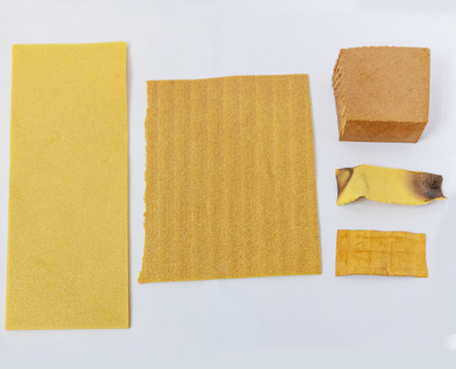The principle behind foam formation in electrophoretic paint
In the coating industry, electrophoretic paint, as an efficient and environmentally friendly coating technology, is widely applied in various fields such as automobiles and home appliances. However, the issue of foam formation during the electrophoresis process often troubles manufacturers, not only affecting coating quality but also increasing production costs. So, what exactly is the principle behind electrophoretic paint foaming? And how can we effectively address this issue?
The Principle of Electrophoretic Paint Foaming
The root cause of electrophoretic paint foaming lies in the presence of surface-active substances and the chemical and physical reactions that occur during the electrophoresis process. Firstly, electrophoretic paint comprises various components such as emulsion molecules, pigments, and fillers. Among these, surfactants, wetting agents, and dispersants play a crucial role in the aqueous system. By lowering the surface tension of the liquid, they allow bubbles to stabilize and accumulate, forming foam.
During the electrophoresis process, charged colloidal ions move towards the oppositely charged electrode under the influence of a direct current electric field. This process releases gases, and combined with factors such as water quality, agitation, and temperature, bubbles are continuously generated and accumulate in the electrophoresis tank. Especially when the circulation volume of the tank liquid is low and the voltage is high, the electrolytic reaction accelerates, increasing the production of bubbles. If these bubbles are not eliminated in time, they will accumulate into a large amount of foam.

Moreover, the structural characteristics of the coated workpiece, air leaks from circulating pumps or valves, and differences in tank liquid levels are also common causes of electrophoretic paint foaming. These factors introduce air into the electrophoresis tank, exacerbating foam formation.
Coping Strategies
To address the problem of electrophoretic paint foaming, we can adopt the following strategies:
Optimize the Electrophoresis Process: Adjust the circulation volume and voltage of the electrophoresis tank to ensure they operate within an appropriate range, reducing the amount of gas generated by electrolytic reactions. At the same time, optimize the tank liquid formula by reducing the content of surface-active substances to lower the likelihood of foam formation.
Strengthen Equipment Maintenance: Regularly inspect the sealing of circulating pumps, valves, and other equipment to prevent air leaks. For overhead conveyor electrophoresis lines, pay attention to adjusting the spray cleaning method and liquid level to prevent foam from entering the electrophoresis tank.
Use Defoamers: Adding appropriate amounts of defoamers to the electrophoretic paint can effectively inhibit foam formation and accelerate foam collapse. The choice of defoamers should be based on the specific composition and process conditions of the electrophoretic paint to ensure their compatibility and effectiveness.
Improve Water Quality: Use softened water or deionized water processed through appropriate methods as the medium for the electrophoresis tank to reduce the content of dissolved gases, thereby lowering the probability of foam formation.
Enhance On-Site Management: Conduct real-time monitoring of the electrophoresis process to promptly detect and address foam issues. Additionally, strengthen staff training and management to improve their understanding and operational skills regarding the electrophoresis process.
In conclusion, electrophoretic paint foaming is a complex and multi-factorial issue that requires us to address it from multiple angles. By optimizing processes, strengthening equipment maintenance, using defoamers, improving water quality, and enhancing on-site management, we can effectively control foam formation and improve the quality and efficiency of electrophoretic coating.





 WeChat
WeChat